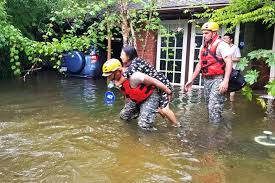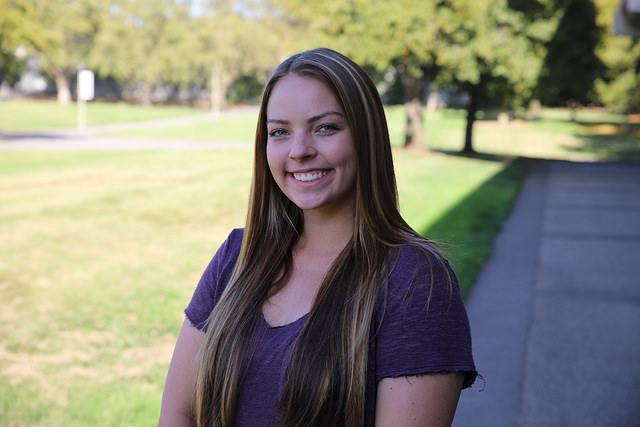Columnist Mikki Taylor
There’s no doubt that Houston has suffered a terrible situation when Hurricane Harvey hit. The storm broke hearts and engulfed homes, and the survivors are still discovering tragedy. Recently, toxic areas in Houston have spread due to the weather, making it even more dangerous to return to people’s homes.
An article on Forbes said that before the flood, residents were warned to not eat the fish and crab caught near the San Jacinto River Waste Pits site in Channelview. Even before the hurricane hit, The Environmental Protection Agency planned to start cleaning up the toxins in Channelview, but there wasn’t enough time. Harvey had bigger plans; to spread the toxins around the city.
Channelview isn’t the only place in Houston that has contained harmful chemicals from the past. On the east side of Houston, researchers found toxins in Patrick Bayou. When it comes to the these large areas in the city, health departments are telling people to take precautions. Porfirio Villarreal, a health department spokesman, said, “We’re telling people to avoid the floodwater as much as possible and don’t let your children play in it. And if you do touch it, wash it off. Remember, this is going to go on for weeks.”
The United States Environmental Protection Agency also found that many of their waste treatments plants were failing; approximately 40 out of 1,219 of them are in danger.
As these plants are deteriorating from the aftermath of Hurricane Harvey, The New York Times funded many tests to further understand this situation’s severity. Tests are finding fecal contamination that is four times over the safety limit.
The Clayton Homes public housing, along the Buffalo Bayou, is one of the two areas of homes where researchers have found this contamination. According to the New York Times, scientists found what they considered astonishingly high levels of E. coli in standing water in one family’s living room. This problem’s extent is huge; people are able to get back to their homes, but now they could all be affected by the bacteria. Lauren Stadler, an assistant professor of civil and environmental engineering, said, “It’s warmer and the water has stagnated for days and days. I know some kids were playing in the floodwater outside those places. That’s concerning to me.”
Many of the homeowners trying to go back to their homes are not aware that it isn’t safe. Winifred Hamilton, director of the Environmental Health Service at Baylor College said, “Mold is taking off all over the city, people with allergies or asthma are particularly sensitive to it. If people have bad headaches, respiratory problems, swelling of a limb or a bad rash, go see a doctor right away. Don’t assume it will go away on its own.’’
The contamination found across Houston isn’t something to take lightly. With these tragedies happening in Houston, and the aftermath of Harvey still affecting residents, the state government must do something.





![[Both photos courtesy of sonoma.edu]
Ming-Ting Mike Lee stepped in as the new SSU president following Sakakis resignation in July 2022](https://sonomastatestar.com/wp-content/uploads/2024/04/CC4520AB-22A7-41B2-9F6F-2A2D5F76A28C-1200x1200.jpeg)



























